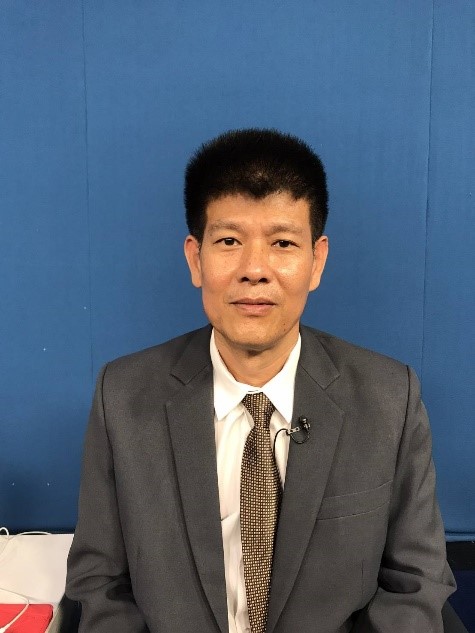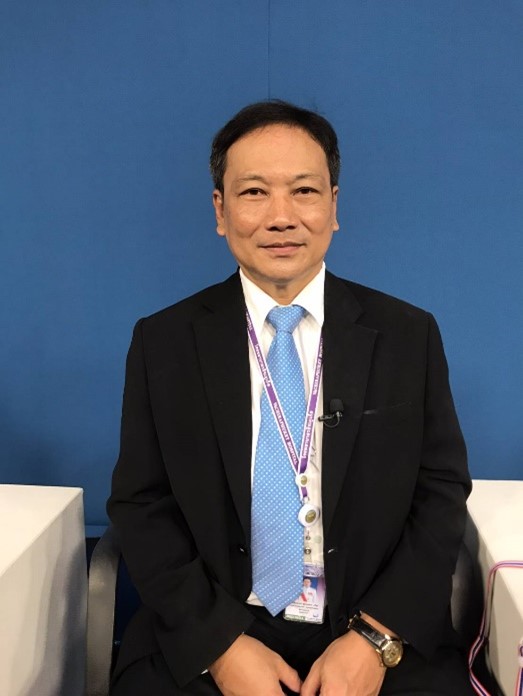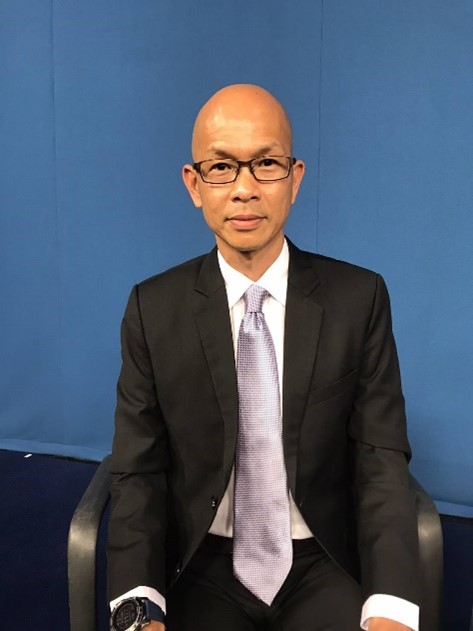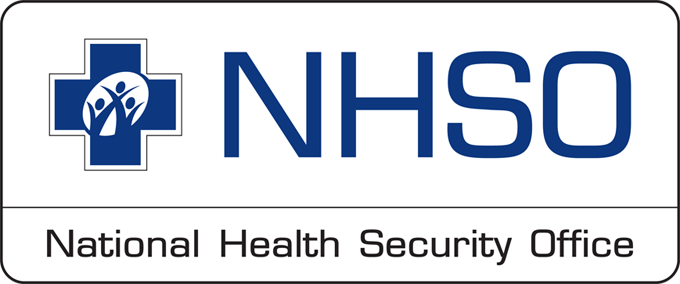
- Home
- DescriptionNews
Finding a balance in Phuket: disease control and economic recovery

Finding a balance in Phuket: disease control and economic recovery
Phuket, Thailand’s top tourist destination, was the island province with the second-highest number of COVID-19 infection cases during the first wave last year.
The first cluster was detected in March at Bangla Road near Patong Beach, where tourists were crowded in entertainment venues during the day and night.
The infection soon spread to other areas, including Cherngtalay, Karon and Rawei sub-district, where local communities resided in crowded space. Many of them commuted to work at Bangla Road, where they exposed to the coronavirus.

“There were some businesses in the grey zone that their employees didn’t want to reveal themselves, fearing they would get into trouble,” said Dr Tanit Sermkaew, Chief of Phuket Provincial Public Health Office, during the Friday virtual field trip at the side of Prince Mahidol Award Conference 2021
“It’s difficult for us to find out who was infected or those were at risk at the beginning.”
Public Health Ministry reported 227 confirmed cases and three deaths in Phuket during the peak of the pandemic.
However, it quickly managed the infection within a few months after the outbreak. Currently, Phuket is ready to restore its economy and tourism.
“Our strength point was that we worked together across sectors and succeeded in controlling the outbreak in the short period of time,” said Dr Tanit.
ACTIVE CASE FINDING
In collaboration with the private sector, local authorities, and communities, the Phuket Provincial Public Health Office staff launched “active case finding” in COVID-19 high-risk areas to find new infection cases.
As many employees at the entertainment venues didn't expose their identities, public health staff thought it was better to approach them and determine whether they were at risk of infection.
They also involved local clinics and pharmacies that were turned into COVID-19 screening test stations. Once the test found suspected cases, the data was shared with the public health disease investigation team via a chat application.
“We started active case finding in Cherngtalay sub-district and discovered new confirmed cases. Then we adopted this strategy with other areas on the island,” said Dr Tanit.
Moreover, Phuket Governor Office imposed a 14-day lockdown on each of every 17 sub-districts in Phuket, the only province in Thailand that implemented such strict measures.
Residents were not allowed to cross the borders of sub-districts. Public health staff rushed to conduct active case finding during the lockdown period.
“Initially, we imposed the lockdown on three sub-districts with COVID-19 infection clusters; Patong, Rawei, and Karon. It worked well in narrowing down the area of infection cases searching, so we did it with every sub-district,” said Pichet Panatong, Phuket Vice Governor.
SYNERGY ACROSS SECTORS
During the lockdown, local communities across Phuket cooperated to raise fund to purchase food and necessary supplies for people experiencing financial hardships.
The majority of people living on the island work in tourism sector, and they lost jobs when businesses were forced to shut down during the pandemic.
“It’s like the war, the war with the disease. Many people couldn’t go out and stayed home. So we asked for donations for dry food and drove motorcycles to distribute it to people living in communities,” said Nattarika Manabut, chief of village health volunteer in Cherngtalay sub-district.

“Private sector was very important in procuring beds and medical supplies. They raised funds to buy various equipment for us to establish a field hospital within two days,” said Dr Chalermpong Sukontapol, director of VachiraPhuket Hospital in Phuket Town.
All hospitals in Phuket has a combined capacity of 191 beds --- not enough for the worst-case scenario, which the public health office estimated to detect over 600 infected patients.
Two field hospitals were established in March last year. One of it was run by VachiraPhuket Hospital staff and served 122 patients or around 50% of confirmed cases in Phuket.
The synergy across sectors led to the elimination of infection cases by June, when new confirmed cases were reported “zero.”
FINDING BALANCE
The lockdown measure created a severe side effect on Phuket economy that largely depends on international tourists.
Around 14 million tourists visit Phuket each year. Ten million of those are foreigners bring in 410 billion baht of revenue, while the rest four million Thai visitors generate 50 billion baht. Only two million Thai tourists visited Phuket last year as a result of international travel restrictions.

“If all foreign tourists are absent today, we can’t survive. We don’t ask for getting 100% [of income from international tourists like before the pandemic.] We only ask 40-50% to sustain our businesses. This is why Phuket needs to be reopened to foreigners,” said Bhummikitti Ruktaengam, President of Phuket Tourist Association.
Reopening Phuket requires the trust-building between local people and tourists by ensuring that every foreigner must go through a COVID-19 screening test and 14-day quarantine.
Thai government provides Special Tourist Visa for long-stay international visitors who must comply with Thai public health measures and go through quarantine in qualified facilities, such as Alternative Local Quarantine (ALQ) and the Yacht Quarantine (AYQ) certified by Thai authorities.
5Ts measures, or called Phuket model, is implemented to make sure that the visitors will not bring in COVID-19 to the island.
Each T stands for “Targeting” the visitors with suspected coronavirus infection, “Testing” every visitor at Phuket airport, “Tracing” travelers through a mobile application, provide adequate “Treatment” to infected patients, and build “Trust” among tourists and local people.
Dr Tanit from Phuket Provincial Public Health Office said that Phuket governor set up a multi-sectoral committee to discuss the measures, including business closing times and the locations for alternative quarantine facilities.
“The key is to participate all sectors in designing those measures, to find the balance between disease control and economic recovery,” he said.

